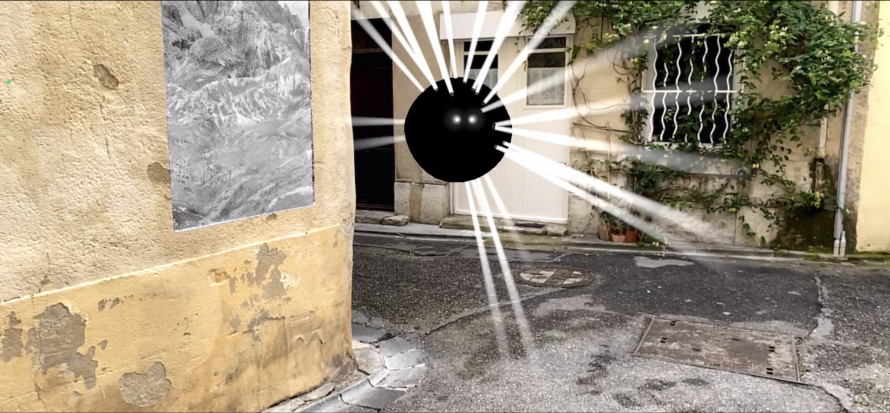
You don’t need a ticket to enjoy parts of the BFI London Film Festival, which joyfully overlaps with Frieze and Frieze Masters this year. The festival, like the fairs, has spread out across the city, ensnaring both tourists and Londoners in its web. The most experimental wing of the festival, the London Film Festival Expanded program, for instance, presses into the ancient city’s fabric physically through a series of ten augmented reality-activated posters, which act as portals for Adrien M, Claire B x Brest Brest Brest’s Fauna, a work that populates congested streets with secret gardens and wildlife. It is an expertly executed example of what the medium can do and also a hopeful gateway drug for the public to fall deeper down the rabbit hole with curator Ulrich Schrauth.
“I hope [the public] will really like the program on different levels, for the art and the entertainment but also hope it will inspire them to think differently about their lives,” Schrauth explains, adding: “If one of these pieces can make you think differently about anything you watched the last 18 months or how you want to treat other people, then it will be a success. This medium has the power and capacity to drive and start discussion. This is what I really am wishing for.”

Schrauth’s dedication to discovery and highlighting emerging technologies’ strength for empathy-inducing storytelling plays out in the program. Take, for instance, Sacha Wares and John Pring’s The Museum of Austerity, which LFF help incubate. This work synthesizes the personal testimonies of disabled benefit claimants who died between 2010 and 2020, and presents them back to the viewer in uncompromising clarity. In the context of the festival program, this documentary project elevates an urgent issue that is often so widespread and insidious it’s impossible to feel its magnitude without the power of collective testimony.
Captured by Hanna Haaslahti provides a different kind of chill—this one gives us Jordan Wolfson vibes. Participants in this immersive experience will have their likeness taken and tumbled into social situations beyond their control via a virtual avatar. It’s a chance to explore being a bystander to one’s own body. This role as voyeur is taken to a different dimension in Hsin-Chien Huang’s Samsara, which takes an apocalyptic premise as a springboard for visual time travel mixed with Material religion studies.
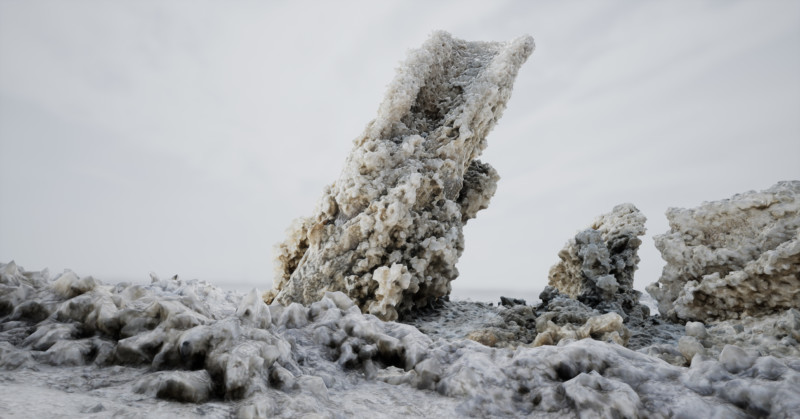
Not all of it strikes a down note. Wonder is a key ingredient to the film festival, one that Schrauth lavishes with attention. Liminal Lands, a virtual environment by , is a great example of the mind-opening exercises the curator revels in. This piece, which has been incubating at the Luma Foundation Arles, shows up at LFF for some road testing—bringing visitors into new lands and soundscapes all carefully composed by the artist. Not far from the fare being offered in the tents at Frieze, it is hybrid works like Liminal Lands that showcase the need for more adventurous thinking and, more importantly, infrastructure for the cutting-edge artists who are pioneering these new ways of seeing.
Craving more culture? Sign up to receive the Cultured newsletter, a biweekly guide to what’s new and what’s next in art, architecture, design and more.

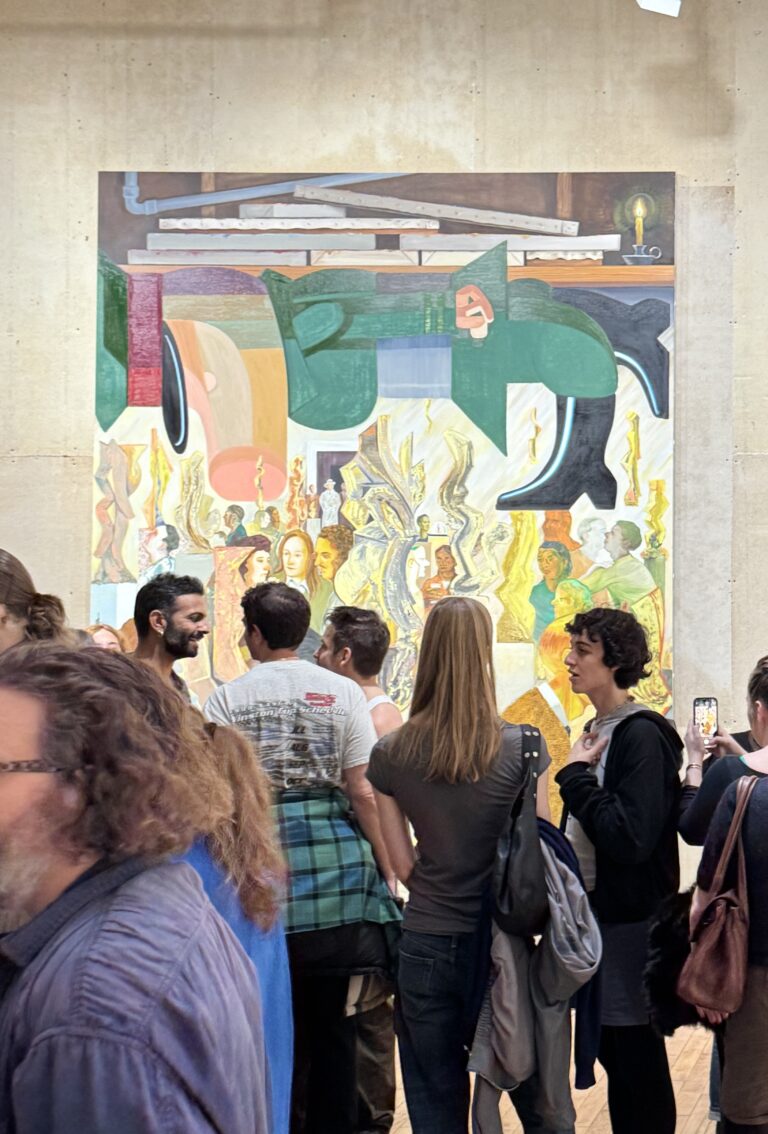
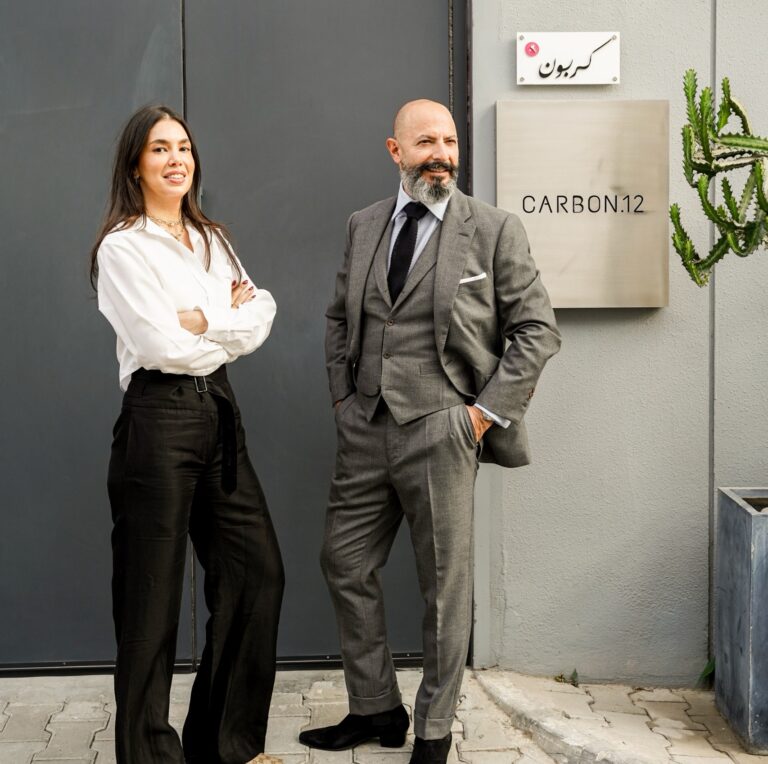



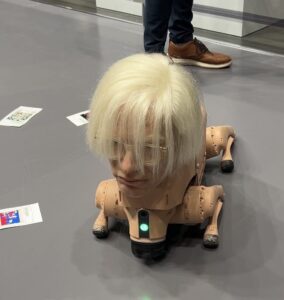



 in your life?
in your life?

